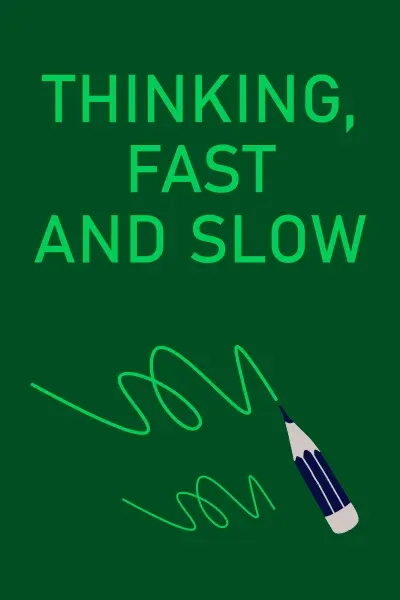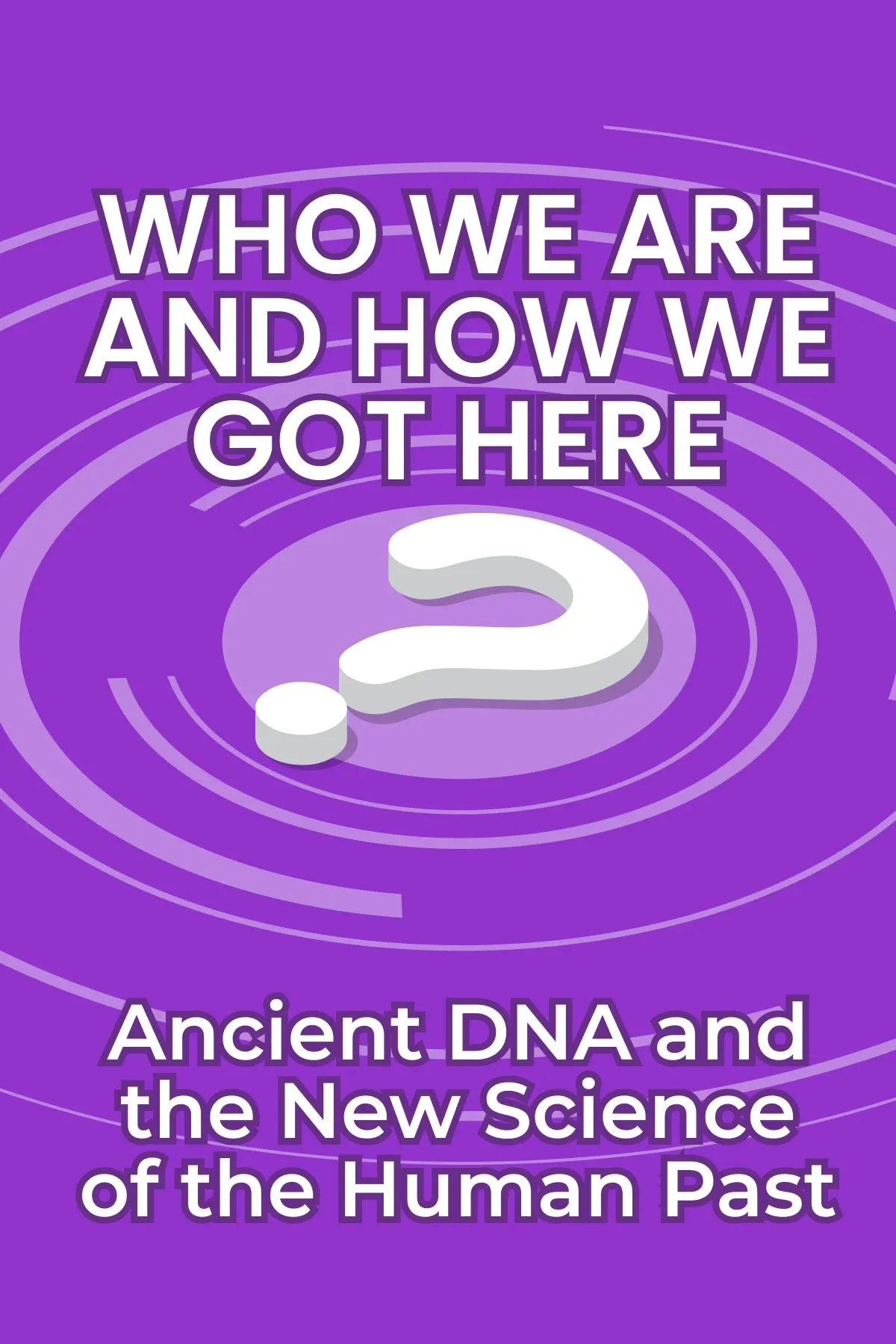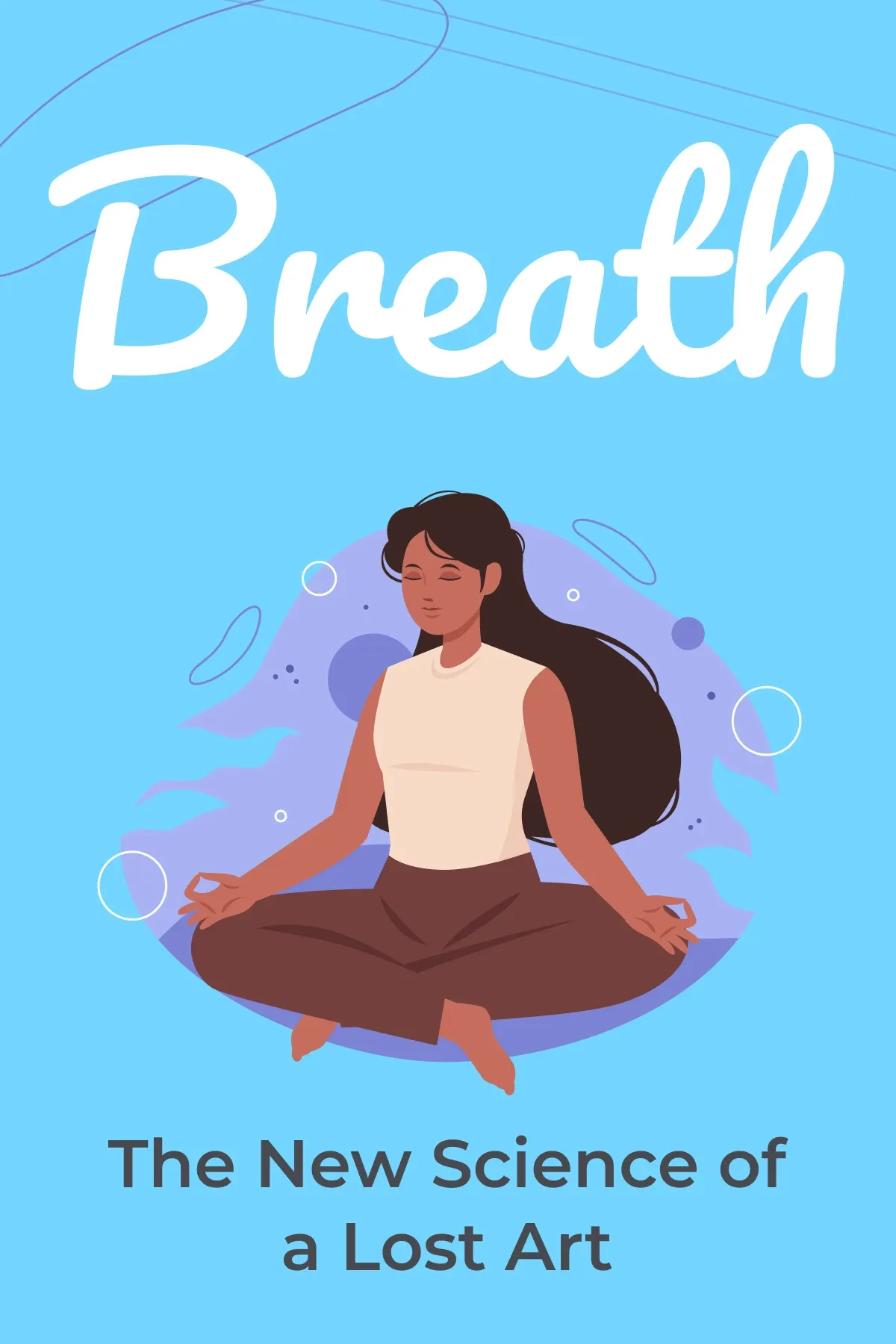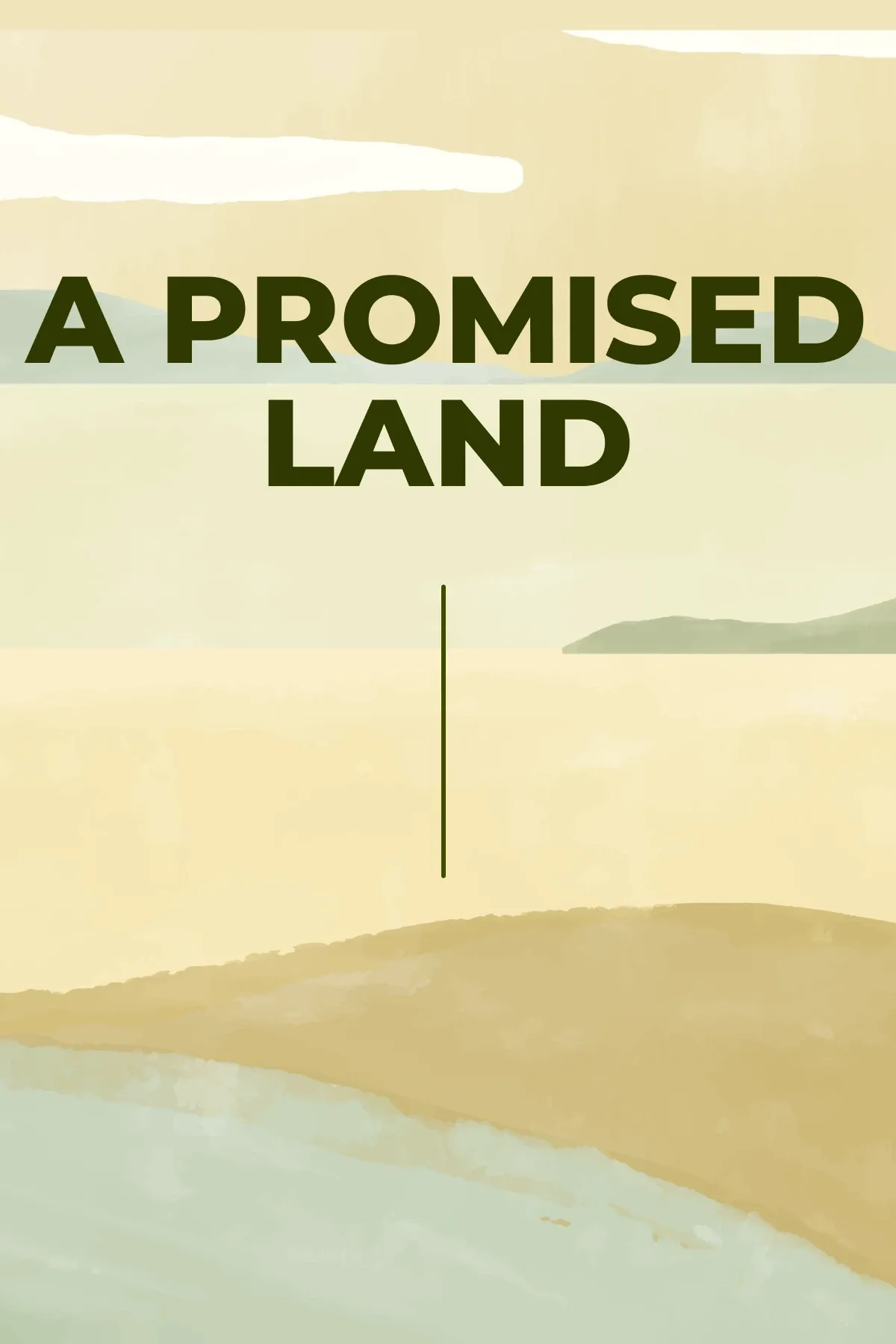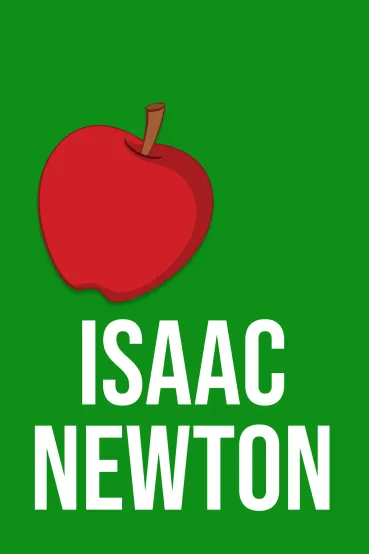
Isaac Newton
Brief Summary
Dive into the captivating world of Isaac Newton through the eyes of James Gleick. In his book, “Isaac Newton”, Gleick brings to life the remarkable journey of this brilliant mind that changed the course of history.
Key points
Key idea 1 of 8
Isaac Newton came into the world on a snowy Christmas Day in 1642. He was born in a simple farmhouse in Woolsthorpe, England. This farmhouse was in Lincolnshire County. Sadly, his illiterate father had passed away before Isaac's birth.
The boy was born during a chaotic time in history. It was scarcely imaginable that a child born into such circumstances would later revolutionize the world. Yet, this is precisely what Isaac Newton accomplished. He used the tools of mathematics and the power of keen observation. His insatiable curiosity was evident even in his youth. So, what did the world look like back then?
The 1640s marked a period of turmoil for England. The English Civil War was actively and prominently unfolding. On one side stood the Royalists, staunch supporters of the king. On the opposing side — the Parliamentarians. These individuals questioned the king's authority and his belief in the divine right of monarchs.
It was not only a period of political chaos but also an era when curious beliefs prevailed. People trusted notions of magic and the supernatural. Science as we know it today was far from established. The term "gravity," for example, referred to a person's manner rather than a natural force. These were times of limited scientific knowledge.
Newton was different from his peers and people around him. His early fascination lay in observing the sun's movements. He ingeniously used a string to trace the sun's trajectory across the sky. He went even further, crafting drawings of intricate sundials and geometric shapes. He astutely recognized parallels between the movements of the sun and those of the moon.
A bit later, Newton attended the nearby King's School in Grantham. At school, he engaged with the fundamental principles of Latin, Greek, Hebrew, and theology. The realm of numbers and measurements also captured his attention. Young Newton obtained some skills applicable to land surveying and area calculations. Swiftly, he translated this knowledge into practical creations such as lanterns, watermills, and windmills.
Yet, in true adolescent fashion, Newton wrestled with uncertainties. The existential questions that often plague teenagers troubled him, too. A youngster found himself grappling with life's purpose. While people thought he'd be a sheep caretaker, Newton had a clear feeling that a different future awaited him.
FAQ
You may also like these summaries



